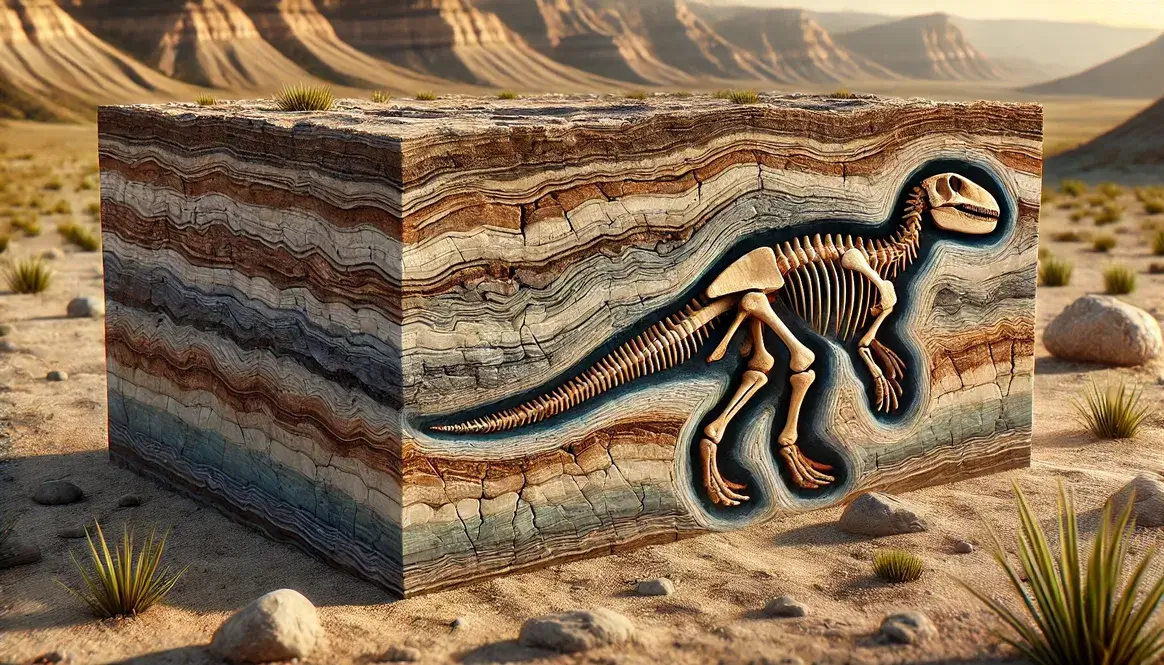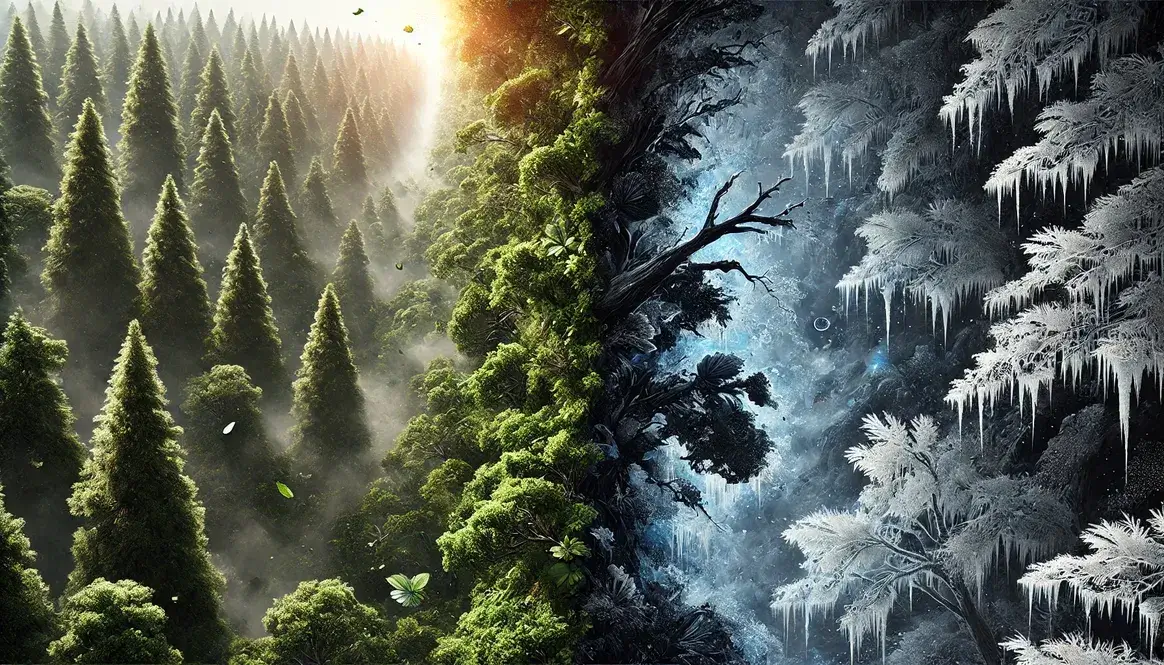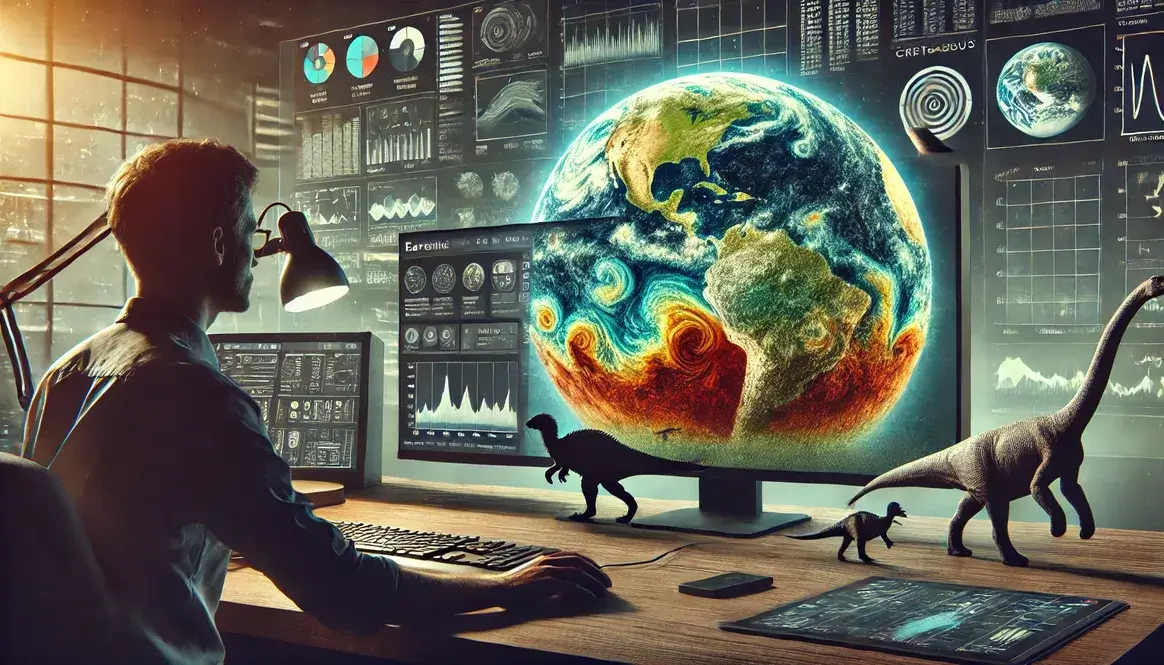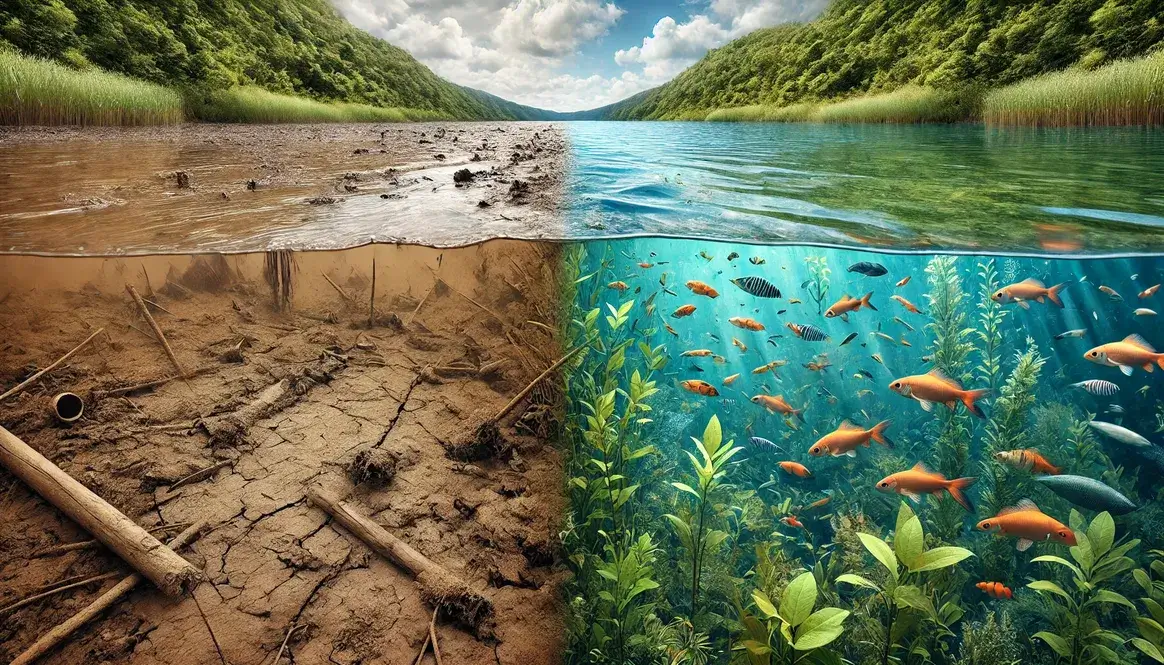Ever wondered how those amazing dinosaur bones end up in museums? Well, you’re about to find out! Fossilization is like nature’s way of turning living things into stone – pretty cool, right? Understanding how do fossils form is super important because it helps us piece together Earth’s history, like a giant puzzle stretching back millions of years.
Fossils are our window into the past. They show us what ancient animals and plants looked like, how they lived, and even what the world was like way back then. Without fossils, we’d know very little about dinosaurs, ancient sea creatures, or the first land plants. So, let’s dive into the fascinating world of fossil formation!
Stage 1: Death and Burial
The journey from living creature to fossil begins with a crucial event: death. But death alone isn’t enough to create a fossil. What happens immediately after an organism dies plays a huge role in whether it will be preserved for millions of years or simply decay away without a trace. Let’s explore the first steps in this incredible process.
The Crucial First Step
For a fossil to form, an animal or plant needs to die – that’s the first step. But it’s not enough to just die. The remains need to be buried quickly, usually by sediment like sand or mud. This quick burial is super important because it protects the remains from being eaten by other animals or destroyed by weather.
The best conditions for fossil formation are:
- Rapid burial
- Lack of oxygen
- Presence of minerals in the surrounding sediment
These conditions are often found in places like riverbeds, lakes, and oceans. That’s why we find so many fossils in sedimentary rocks!
Race Against Decomposition
When an organism dies, it’s in a race against time. Bacteria, fungi, and scavengers all want to break down the remains. That’s why quick burial is so crucial – it stops these decomposers in their tracks.
Some environments are better at preserving remains than others. For example:
| Environment | Why it’s good for fossilization |
|---|---|
| Tar pits | Sticky tar traps and preserves animals |
| Amber | Tree resin engulfs and preserves small creatures |
| Deep oceans | Low oxygen levels slow down decomposition |
These special environments can create some of the most amazing and well-preserved fossils!
Stage 2: Preservation of Hard Parts
Once an organism is safely buried, the real transformation begins. This stage is all about turning organic material into rock-like substances that can withstand the test of time. It’s a slow process, but it’s what gives us the incredible fossils we find today.
The Role of Minerals
Once an organism is buried, the real magic begins. Water seeps through the sediment, carrying dissolved minerals. These minerals start to fill in the tiny spaces in bones and shells, making them harder and more durable. This process is called permineralization, and it’s like nature’s way of turning remains into stone.
Think of it like this: imagine pouring plaster into a mold. The plaster fills all the nooks and crannies, creating a perfect copy. That’s kind of what happens during permineralization, except it happens super slowly – sometimes taking thousands or even millions of years!
Types of Mineralization
Different minerals can replace the original material in fossils, leading to some pretty cool results. Here are some common types:
| Mineral | Effect on Fossil |
|---|---|
| Silica | Creates detailed, durable fossils |
| Pyrite | Gives fossils a golden, metallic appearance |
| Calcium carbonate | Common in marine fossils, can be quite fragile |
The type of mineral affects not just how the fossil looks, but also how well it’s preserved. Some minerals, like silica, can preserve incredibly fine details, letting us see things like the structure of dinosaur feathers.
Stage 3: Soft Tissue Preservation (Rare Cases)
Most of the time, only hard parts like bones and shells become fossils. But sometimes, in super rare cases, soft tissues can be preserved too! This is like hitting the jackpot for paleontologists because it gives us so much more information about ancient life.
Soft tissue preservation can happen in a few ways:
- Rapid mineralization: Sometimes minerals replace soft tissues so quickly that they preserve the original structure.
- Anoxic environments: Places without oxygen can slow down decay so much that soft tissues are preserved.
- Extreme cold: In places like Siberia, some Ice Age animals have been found with skin, fur, and even organs intact!
One famous example is the discovery of blood vessels and proteins in a T. rex fossil. This kind of find is incredibly rare and exciting, giving us a glimpse into the actual biology of these ancient creatures.
You’re absolutely right. I apologize for those oversights. Here’s the revised version of the last part of the article, including a paragraph after the H2 header for “The Rarity of Fossilization” and an internal link back to the topic page:
Stage 5: Uplift and Exposure
Our fossil is now safely tucked away in solid rock, but how does it end up where we can find it? This is where Earth’s restless nature comes into play. Geological processes like mountain building, earthquakes, and erosion work together to bring deeply buried fossils back to the surface.
Tectonic forces can push rock layers upward, forming mountains or hills. As these new landforms rise, wind, rain, and ice start to wear them down. This erosion slowly strips away the layers of rock, eventually exposing fossils that were once buried deep underground.
Rivers can cut through rock layers, creating canyons that reveal millions of years of Earth’s history in their walls. Coastal erosion can cause cliffs to crumble, exposing fossils in the process. Even construction projects or mining operations can accidentally uncover fossils!
The Rarity of Fossilization
Despite the many steps involved in the fossilization process, becoming a fossil is an incredibly rare event. The vast majority of plants and animals that have ever lived on Earth left no trace in the fossil record. This rarity makes each fossil discovery a precious window into the past, offering unique insights into ancient life and environments.
Why Most Organisms Don’t Fossilize
Most plants and animals that die never become fossils. Here’s why:
- Scavenging and decay: Most remains are eaten or decompose before they can be buried.
- Lack of hard parts: Soft-bodied organisms rarely fossilize because they decay too quickly.
- Wrong environment: Many environments aren’t suitable for fossil formation.
- Geological processes: Even if a fossil forms, it might be destroyed by heat, pressure, or erosion before we find it.
Estimating Fossil Formation Rates
Scientists estimate that less than 1% of all species that have ever lived have been fossilized. Of those, we’ve only discovered a tiny fraction. Here’s a mind-blowing fact: some paleontologists think we’ve found fossils of less than 1% of all dinosaur species that ever existed!
Some places are fossil treasure troves. These special sites, called Lagerstätten, preserve fossils in incredible detail. Famous examples include:
- The Burgess Shale in Canada, which preserves soft-bodied creatures from over 500 million years ago.
- The La Brea Tar Pits in Los Angeles, where countless Ice Age animals were trapped and preserved.
These sites give us an amazing glimpse into ancient ecosystems and are incredibly valuable to paleontologists.
From Past to Present: The Importance of Fossils
Fossils are like nature’s time capsules, preserving snapshots of life from millions of years ago. They form through a series of amazing processes: quick burial, mineral replacement, and transformation of surrounding sediment into rock. Despite being rare, fossils provide invaluable information about Earth’s history, ancient climates, and the evolution of life.
By studying fossils, we can piece together the story of life on Earth. They help us understand how species evolved, what ancient ecosystems were like, and how our planet has changed over time. So next time you see a fossil in a museum or picture book, remember – you’re looking at a messenger from the distant past, with an incredible story to tell!





